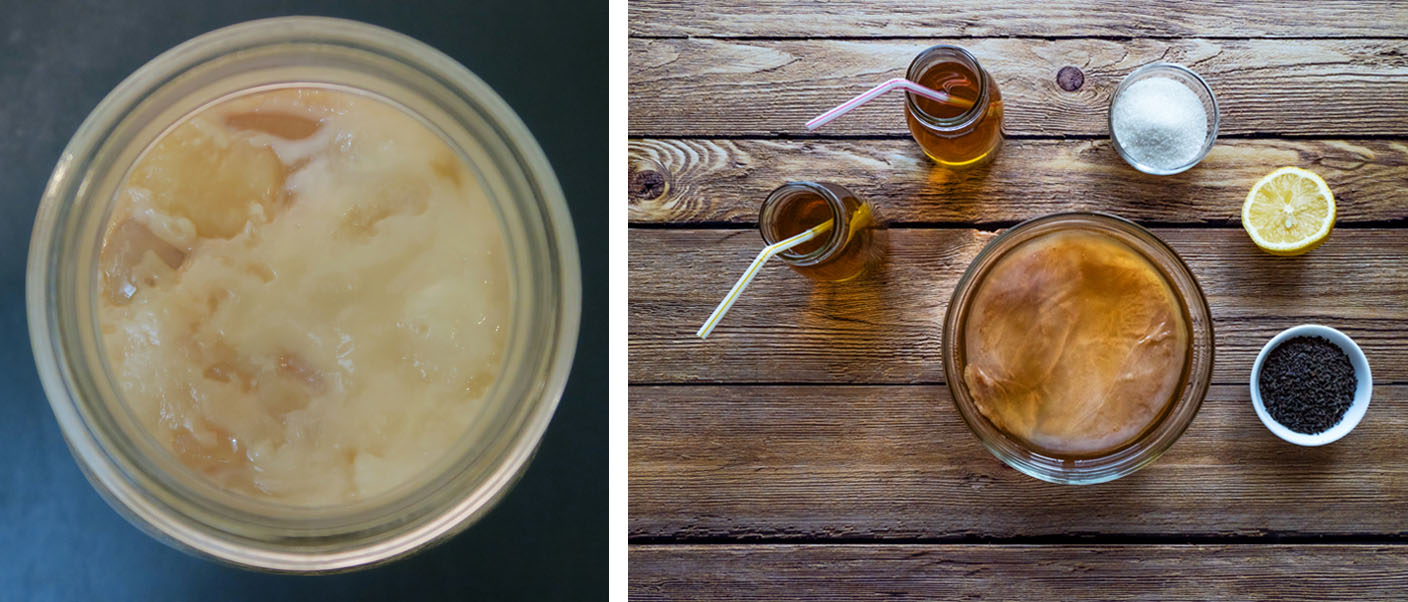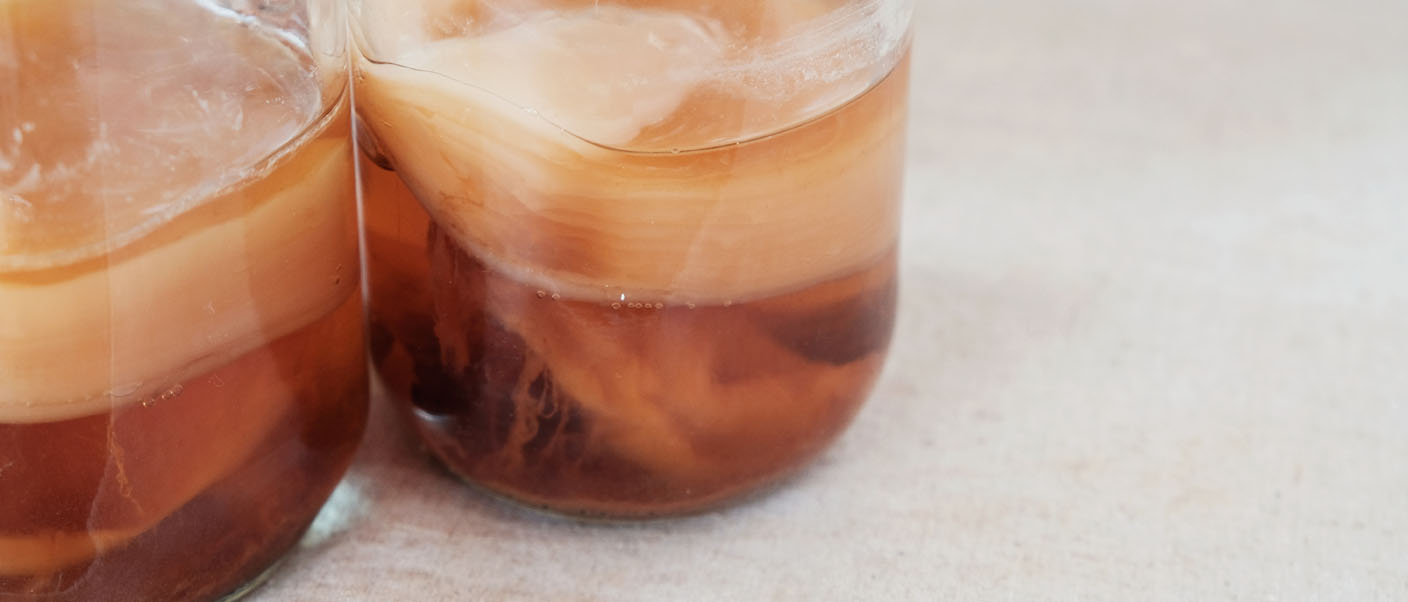Kombucha, considered a healthy product, is becoming the fashionable fermented beverage and starting to make headway in the market, occupying an important place in consumer preferences. Why is it in the crosshairs of brewers?
Healthy products are popular right now, and with these trends, kombucha has arrived on the market to stay. A fermented beverage based on tea and sugar, with a touch of acidity, that despite being part of a very competitive sector, is gaining a foothold in consumer preferences.
It’s not exactly a juice or a soft drink…., but it is clear that is a perfect alternative to these due to its properties. In Spain, it is included on the list of non-alcoholic beverages (because it contains negligible quantities), and it is becoming the perfect alternative for rehydrating after exercise, or as an option at any time.
The industry is taking note of this, and, what was initially a purely home-brewed and artisanal beverage, can now be an object of ambitious production that generates demand and market share.
With the boom in production of alternative beverages, such as craft beer and the momentum of new liquids and styles, kombucha is setting trends as a fermented beverage and generating the need to market it industrially.
The boom in kombucha and its equivalents in the United States
Consumption of kombucha has been very widespread for some time in countries like the United States, where some very powerful brands are producing it in multiple flavours (with touches of fruit, aromatic herbs, spices, plants, and even seaweed). It is served in bars and restaurants as just another soft drink, either bottled or on tap, and it is an alternative to beer or cider. It is currently also making headway in taprooms. To be specific, there are some 65 establishments on record that offer it.
Nonetheless, when this kombucha boom began, in the 1990s in the United States, questions arose about how to classify, control and identify it. Identifying it was one of the main tasks of the industry in the United States, which, having a significant interest in its production, started in 1995 with a series of measures aimed at analysing its exact components and safe production under a manual of best practices The goal was to guarantee compliance with current regulations for controlling food safety and to uncover the real benefits or risks associated with its consumption.
What is clear is that, aside from the consequences of excess consumption on an exceptional basis, its multiple benefits and the added value it represents among the preferences of the craft sector are demonstrated.
To contribute to its regulation, in 2014, the “Kombucha Brewers International (KBI)” organization was created. It currently has some 235 member companies worldwide, including some companies that have seen the opportunity in a market like the Spanish one as extremely promising.

Kombucha, the healthy business for producers
The latest data from a report prepared by the consultancy Mordor Intelligence estimate that the global kombucha market will maintain annual growth of 17.5% until roughly 2025. Compelling reasons, such as the consumer’s inclination towards beverages considered functional, are leading numerous brands and producers to brew kombucha on a large scale.
Beyond its sensory properties (it is an effervescent beverage), the true potential of kombucha lies in its multiple benefits. Its vegan and healthy marketing angle suggests a very positive evolution of product demand.
Thus, and setting aside the rigour of its formula as a health remedy, dismissed by its detractors, it has a great number of followers who defend the multiple properties of the SCOVY fungus. It is proven that it:
- Improves the state of the intestinal microbiota.
- Is energizing
- Is good for the skin, facilitates digestion
- Prevents hair loss
- Is low in calories
- And it is associated with a long list of healing properties
But let’s get to the crux of the matter. Why it is worthwhile to mass produce and sell it. First, because of market demand, for example, the ample publicity given to it by “real food” channels and trends, or its embrace by elite chefs, who have been incorporating it into their gastronomic experiences and at different events.
On the other hand, we should take into account the considerable profit margins when producing it. Let’s think about the costs of raw materials together with production costs, as well as the final sale price of around 3 euros. No doubt the kombucha business sounds attractive.
An industrial production process based on fermentation
Its industrial production process is similar to that of other fermented beverages, such as beer. Bacteria and yeast are involved, and it basically a micro-organism that transforms sugars, and this has a strong preservative effect on the product. Its differentiating element lies in the ingredients, and in the fact that it is symbiotic and, therefore, generates practically no alcohol (its percentage is minimal, just 0.1 or 0.2%).
The base element of the fermentation is the so-called SCOBY (Symbiotic Colony Of Bacteria and Yeast). Let’s just say that it is a mixture of fungi and bacteria in which the basic ingredients are black tea and sugar. With some variations, which account for the different flavours.
Its nuances also vary according to the amounts of each ingredient added, or to the temperature during the fermentation process itself.









